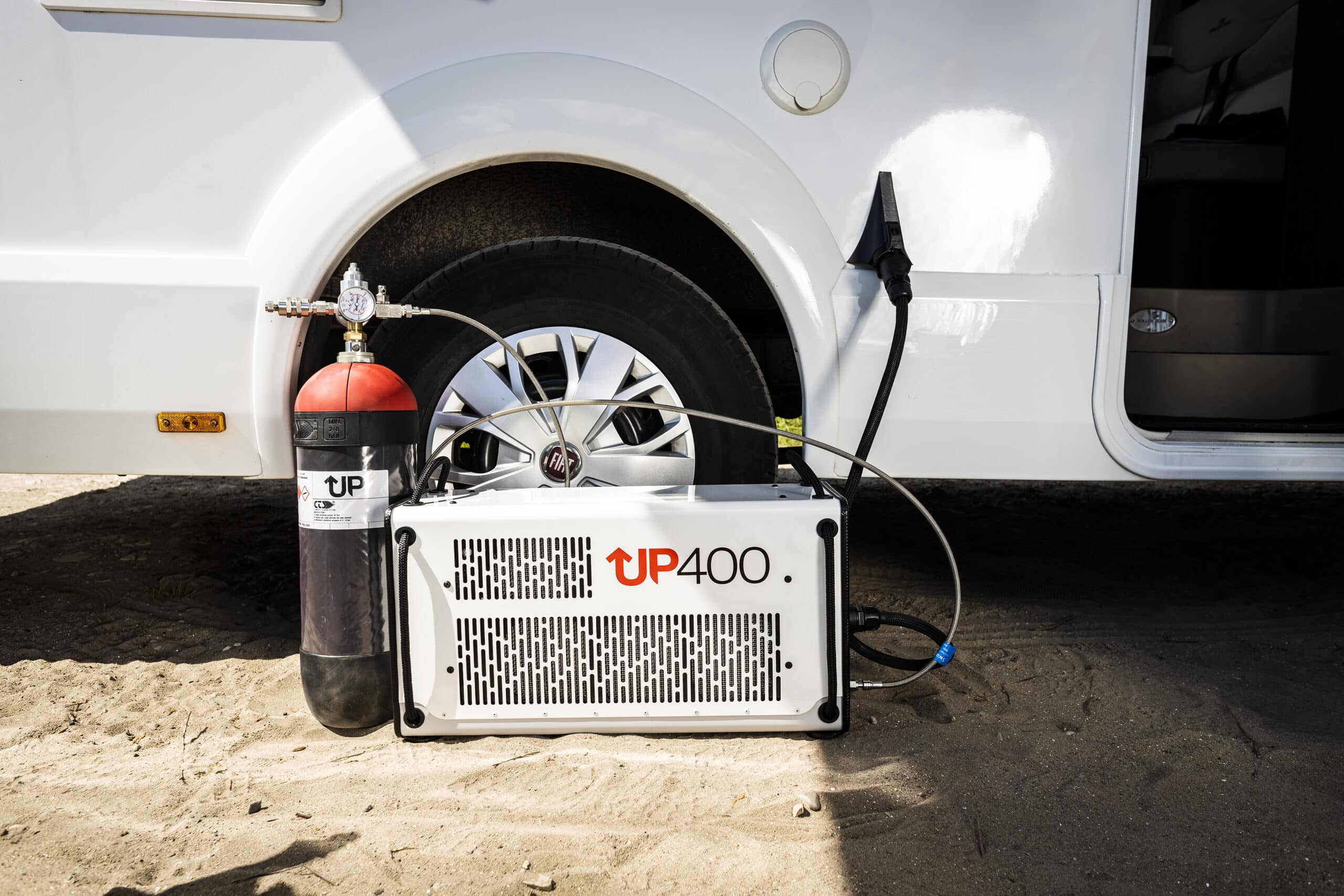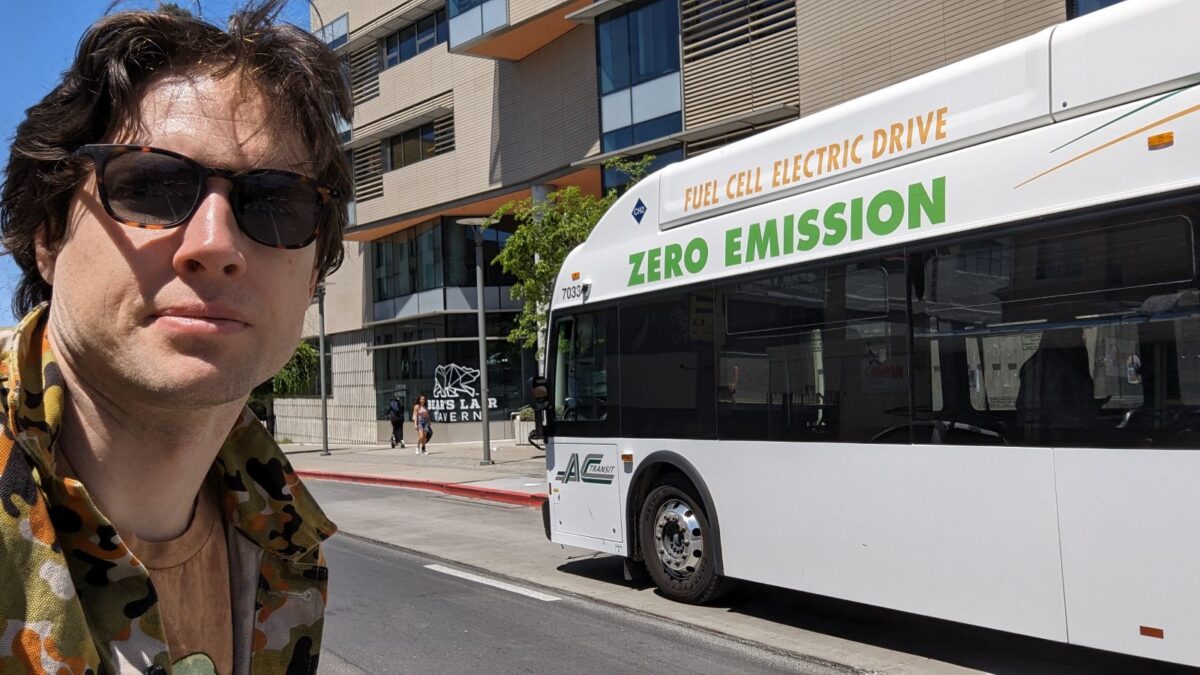The road is clear: to give new life to our planet, we have to respect the goals set and agreed upon by countries worldwide. We must start acting now to tackle emissions and move our world to a more sustainable way of living. Many companies in the energy sector are working to develop new green technologies that can replace fossil fuels to lead this transition. Their choice is hydrogen vs batteries.
Companies are currently working on two types of technologies: electric and hydrogen.
Hydrogen vs batteries
The first uses lithium batteries, which can be easily recharged in a few hours, store a great quantity of energy, and give power to an engine.
On the other hand, hydrogen can be used just as all the other types of fuels that we are familiar with. Even though hydrogen is the most common element in the universe, it
doesn’t exist in its pure form on our planet.
There are mainly three types of hydrogen based on how it is produced:
- Green hydrogen: It is completely sustainable and the cleanest energy available. It is produced through electrolysis using electricity generated from renewable sources such as solar and wind.
- Blue hydrogen: It is produced from fossil fuels which involves splitting of natural gas into hydrogen and CO2, which is stored and not released in the atmosphere.
- Grey hydrogen: it is produced from either methane or natural gas however, without capturing the greenhouse gases created in the process. Currently, grey hydrogen makes up for 90% of the hydrogen production globally.
It was believed that electric would have been the future. Good distribution, robust network of recharging stations and decreasing cost of adoption are by now the strengths. On the contrary, the cost of battery disposal is high and it is still a question on how sustainable they are. Furthermore, weight and production prices have always been issues with battery technologies, which is unfortunately a downfall in many applications.
For this reason many leading companies are heavily investing in hydrogen technologies as well in new types of motors powered with H2.
Moreover, hydrogen as a fuel is proved to be more efficient and reliable than batteries as well as durables.
The challenges of battery disposal
After their life cycle, batteries need to be disposed of safely. In order to achieve this in a green way, batteries must be brought to specific centres. Nowadays the cost for green disposal is around 4,50€/kg, which is quite expensive considering the minimum weight of 400Kg.
The materials can be recycled to build new batteries but other components generate waste.
Old batteries can also be used for different applications: for instance connected together and used to store power in big electricity hubs.
Anyway, one day those batteries will end up in a landfill.
Changing hydrogen
We have to keep in mind that at the moment, 95% of the whole H2 production is grey hydrogen, which is used mainly for industrial and chemical processes and produced from fossil-fuels.
The renewable energy sector, with the increasing investments on offshore wind farms, is now prepared to supply the needed electricity to produce hydrogen via electrolysis. In fact, the only way to produce green hydrogen is to use electricity from green sources and these companies are ready to build sites that can host production plants and hubs to store the most sought after fuel.
The European commission has introduced ambition initiatives to support the spread of hydrogen infrastructure. One such initiative includes collaborating with 11 gas distribution partners across the EU to lay the foundation for the hydrogen industry in Europe. Policymakers will play a vital role in the adoption and spread of hydrogen that, according to experts, will be price-competitive by 2030.
Check more on the Europe’s First Large-Scale Cross-Border Hydrogen Valley.
New market opportunities
Several advantages can be foreseen in the hydrogen sector once a firm foundation has been laid. Firstly, it will help decrease the price which is currently very high compared to other fuels. Secondly, hydrogen would be more accessible for small application users and reach the grass root level instead of just being restricted to trains, airplanes and other industrial use.
Once the hydrogen revolution starts, we can substitute all the small diesel and gasoline engines with a new green fuel, completely without emissions.
According to a survey conducted by the “European Hydrogen Backbone” the demand of hydrogen will increase by 2.3 TWh before 2050. This value, considered into percentage, represents 45% of the whole demand.
Do-it-yourself, sailing, off-grid houses are just some of the big markets in which small reliable tools and portable generators are needed to supply energy. PowerUP fuel cell generators are part of this transition. This new green technology ensures longer power duration even in a small and lightweight generator.
While there are many more milestones to reach, we can say that the green revolution has just begun.






